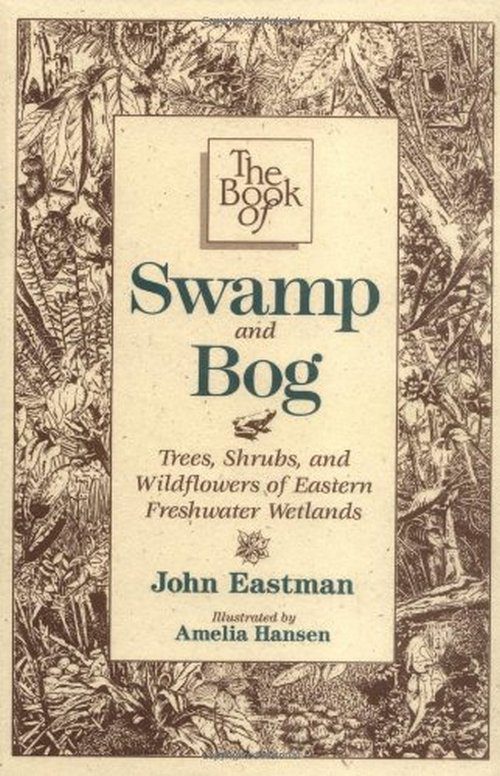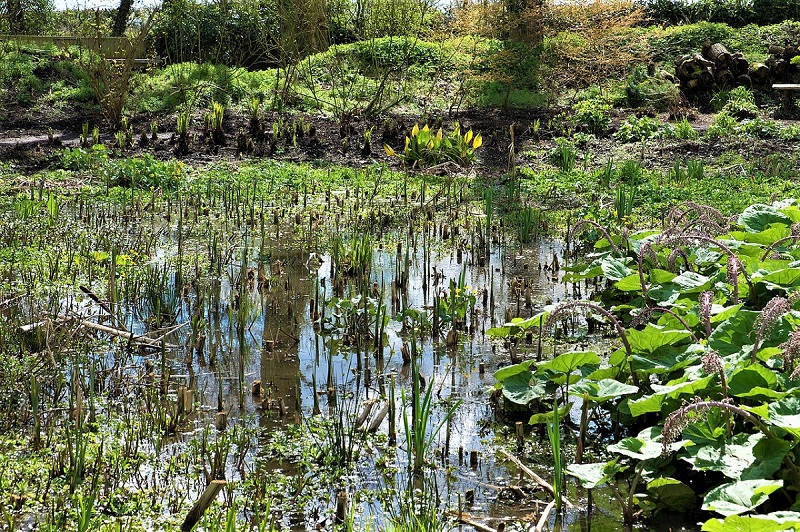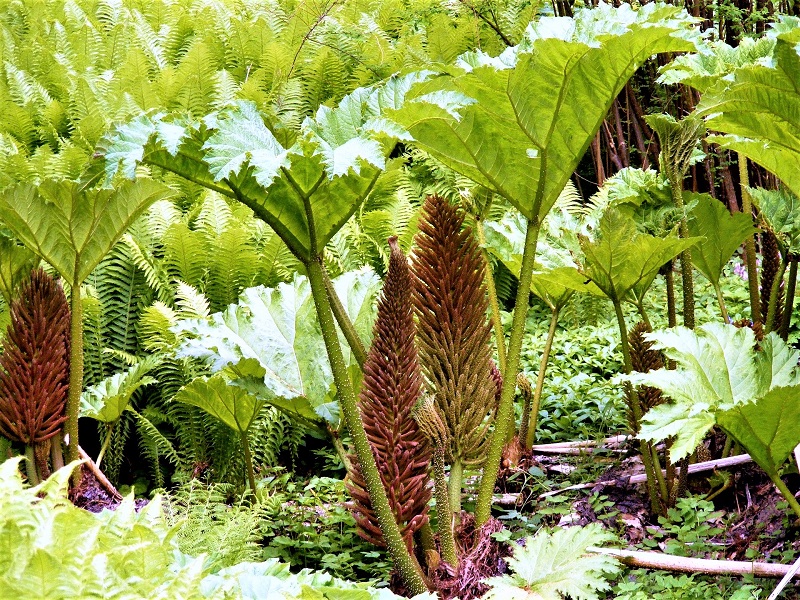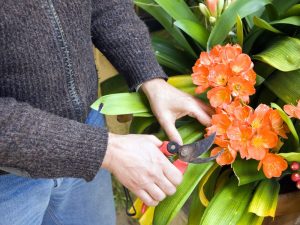Last Updated on August 20, 2024 by teamobn

Depending on your state of mind, the Gunnera manicata, or giant rhubarb, might look like something from an acid dream. The huge, blustering herbaceous perennial can grow eight feet tall and 13 feet wide. The first thing you see is the massive, bell-shaped leaves. They are cartoonishly enormous. They are as wide as umbrellas. The Gunnera looks like – and is – a plant from the age of the dinosaurs.

Seeing it for the first time in a public park, you might think that such a behemoth has no place in the average backyard garden. You would probably be right. The Gunnera will, however, happily flourish in a one-meter wide bog garden below a slope in your backyard.
Creating a Bog Garden
Contents
No matter how small your patch or what soil you use, on a weekend, you can create your own small bog. Simply put, bog gardens are permanently wet, humus-rich meadows suitable for plants that like to be knee-deep in mud. It is an excellent way to encourage wildlife in your garden.
A bog garden doesn’t need to be next to a stream or a pond. But if you have a leaky pond or a perennially wet patch in your backyard, you can convert it into a child-safe bog garden.
Here’s how.
1. Select a site.
First, choose a location. Do not try to convert areas where there is standing water or where the ground is flooded for long periods of time. Instead, you can sequester an open site in your garden or a permanently wet patch in dappled shade. If you want to retain an existing pond, build the bog downhill. Your bog garden will collect water when the pond overflows in the rain.
No water from the rich soil in the bog should go the other way. The fertile soil would encourage the development of water-choking algae.
If you select an area with permanently wet soil, you will not have to dig a hole. But where the ground runs bone-dry in summer, you will need to dig a ditch and line it with plastic. Dig a natural-looking, kidney-shaped hole, about 18 inches deep, covering an area as large as you can afford to relinquish. The objective is to recreate the look of a hollow or ditch that wild plants have colonized.

2. Create the environment.
Line the ditch with plastic sheeting. You do not need the sheet to be fully water-tight: the idea is to slow – rather than totally impede – drainage. The slow movement of water and the gentle replenishment from rain will prevent fetid swamp odors. Smooth the creases on the sheet, then use a garden fork to pierce holes one meter apart across the bottom.
Cover the holes with a few shovels of sand to aid drainage, then backfill with soil blended with a barrow or two of compost. Spread a 1.5-inch layer of composted bark over the area. The mulch will help the pond retain moisture.
Work atop a plank to avoid compacting the soil, then water the patch well. Cover the area with another layer of compost in spring. In the summer, replenish with a hose to keep the earth as wet as a wild water meadow.

3. Plant your bog.
Selecting plants for a bog garden presents a novel array of opportunities. You can grow plants you would never think to grow in conventional gardens. Be careful, though. Bog plants love wet, muddy soil but they cannot endure permanently waterlogged environments.
Visit the pond section of your garden center for inspiration. Create contrasts with upright foliage, broad-leaved plants, filigree ferns, and flowers of various forms and colors. There are bog plants for every season. Consider the willow and dogwood for winter interest.
Check for the light requirements. Many large-leaved swamp plants will tolerate a certain amount of shade as well as full sun. Bog plants like soil rich in organic matter. Fallen leaves will add to the nutrient levels and structure of the soil.
Many plants sold as marginals for growing on a shelf inside a pond will flourish in the constant moisture of a bog. Plant them directly in the wet soil. If you have chosen the appropriate plants, they will quite enjoy the slopping, muddy environment.

Are you ready for a bog garden in your backyard?
Maintaining Optimal Water Levels in a Bog Garden
Maintaining optimal water levels is crucial for the health and success of your bog garden. While these gardens thrive in wet conditions, too much or too little water can pose significant challenges. Properly managing the moisture levels ensures the plants flourish and the ecosystem remains balanced. Here’s how to effectively control water levels in your bog garden.
Monitor and Adjust Water Input
Regular monitoring of the moisture content in your bog garden is essential. Use a soil moisture meter to check the wetness level at different depths and areas. Adjust your watering schedule based on these readings, especially during unusually dry or wet weather. Consider installing a drip irrigation system with a timer to automate watering, ensuring consistent moisture without overdoing it.
Use Water Features
Incorporating water features like a small fountain or a recirculating stream can help maintain the necessary humidity and moisture levels. These features not only add aesthetic value but also help replicate the natural water movements found in wild bog areas. Ensure the water feature is scaled appropriately for your garden to prevent flooding or excessive water displacement.
Employ Rain Barrels
Collecting rainwater using barrels is an eco-friendly and effective way to manage water usage in your bog garden. Use the collected water to supplement moisture during dry spells. This method helps in utilizing natural resources efficiently and reduces the dependence on tap water, which may be treated and potentially harmful to sensitive bog plants.
By implementing these strategies, you can maintain optimal water levels in your bog garden, promoting a healthy environment for your plants to thrive and establishing a self-sustaining ecosystem.
Ecological Benefits of a Bog Garden
Making a bog garden not only presents a different kind of gardening but also has major ecological advantages. Among the most productive and biologically varied ecosystems on Earth, natural wetlands are modeled by these gardens. Including a bog garden into your yard helps to improve the environmental quality and local biodiversity. Bog gardens offer several important ecological advantages listed here.
Enhances Local Biodiversity
Bog gardens encourage a great variety of plant species, especially those not usually found in conventional garden designs. These comprise many varieties of sedges, rushes, carnivorous plants, and moisture-loving perennials. Planting these species builds a habitat that draws and supports a range of wildlife. Bog gardens provide food and cover for birds, amphibians, helpful insects, even small mammals. This variety keeps and improves the local ecological equilibrium.
Supports Pollinators
For pollinators including hummingbirds, butterflies, and bees, bog gardens especially help. Rich in nectar, many bog plants draw these vital species that are crucial for the pollination of many other plants. Supporting pollinators guarantees the health of the larger ecosystem and helps a variety of plant species to be reproduced outside of your yard.
Improves Water Quality
Like natural wetlands, bog gardens act as biofilters, helping to purify water that passes through them. The plants in a bog garden filter out pollutants and nutrients from the water, which can otherwise lead to eutrophication in nearby bodies of water. This filtration process not only cleans the water but also improves the quality of the local waterways, making them healthier habitats for aquatic life.
Acts as a Carbon Sink
Wetlands are known for their ability to store carbon, and bog gardens function similarly by capturing carbon dioxide from the atmosphere. The dense plant growth and wet soil conditions enable these gardens to store more carbon than typical dry land gardens. By acting as carbon sinks, bog gardens help mitigate the effects of global warming, contributing to climate change mitigation efforts.
Provides Flood Control
Bog gardens can absorb excess rainwater, reducing runoff and lowering the risk of flooding in your area. This absorption capacity is particularly beneficial in urban areas where impermeable surfaces lead to rapid runoff during heavy rains. By capturing and slowly releasing rainwater, bog gardens help manage local water levels and prevent the overwhelming of stormwater systems.
Educates and Engages the Community
For communities, businesses, and environmental organizations alike, bog gardens are outstanding teaching tools. They give a practical chance for education on wetland ecosystems and their function in the surroundings. Moreover, they inspire people to participate in environmental protection and increase respect of the value of ecosystems and biodiversity.
Encourages Ecological Research
Bog gardens provide a controlled environment for study of wetland conditions and plant behaviors for those drawn to academic or hobbyist research. This can guide more general environmental preservation plans and help to clarify ecological processes.
Including a bog garden into your landscape not only makes your area more beautiful but also actively promotes ecological sustainability and health. These gardens are a great addition to any environmentally conscious gardener’s toolkit because they provide a natural filtration system for water, a habitat for wildlife, and a vital resource for community education and involvement.
Conclusion
Bog gardens are naturally occurring water filters and offer a variety of ecological advantages as homes for different species. By gathering atmospheric CO2, they also help to sequesters carbon, so mitigating climate change. Using their capacity as teaching tools, they encourage community involvement and awareness of the need of protecting natural environments.








